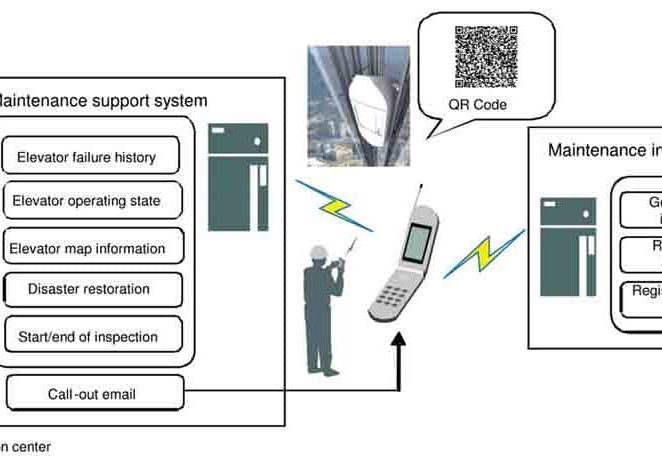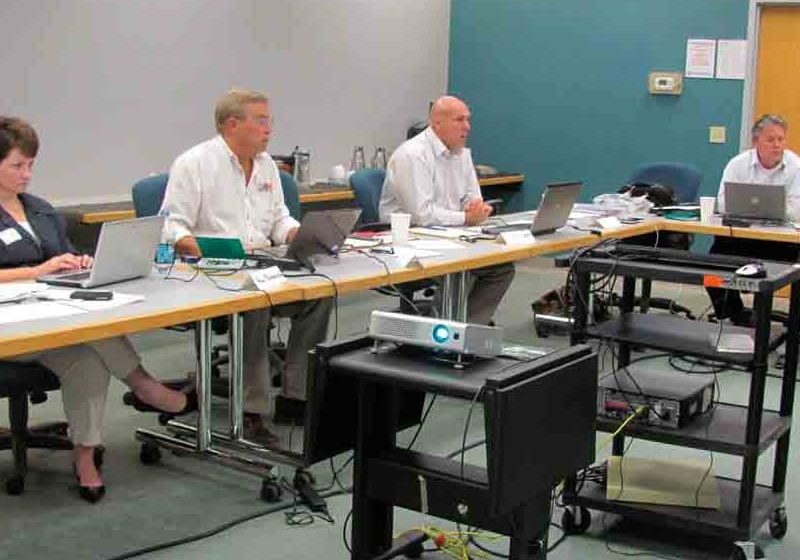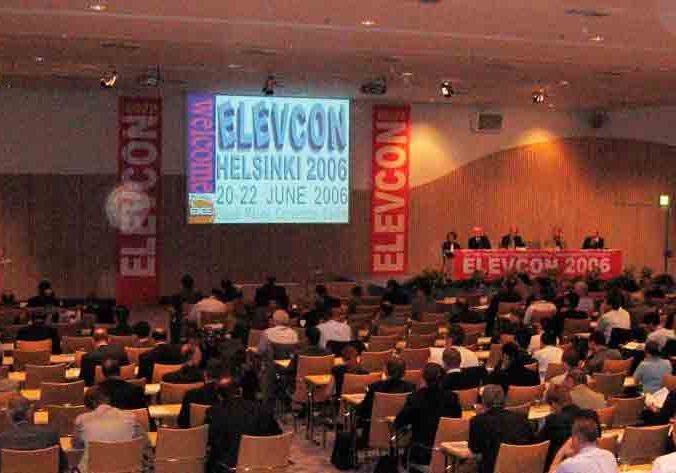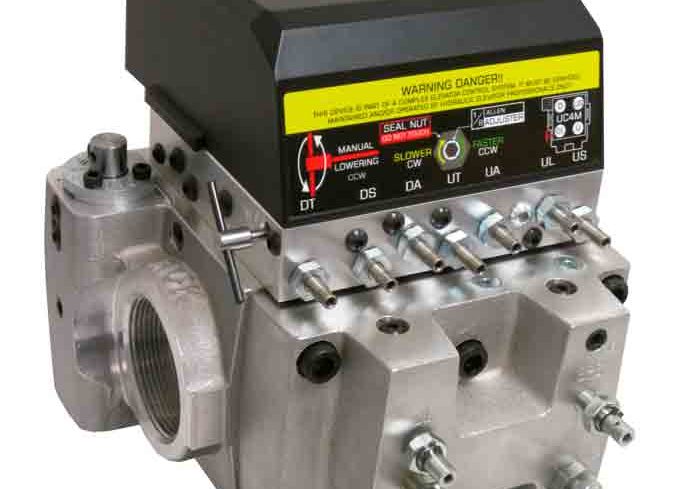The conflict between what OSHA and the industry define as “appropriate” standards is examined.
The Occupational Safety and Health Act of 1970 created OSHA. Its purpose was to ensure safe and healthful working conditions for employees by creating and enforcing occupational safety and health standards and providing training, outreach, education and assistance. The standards, along with section 5(a)(1) of the act (the “general duty clause”), are the law – the legal obligations that all employers must meet. If they do not meet them, they face legal consequences, including fines and, in certain cases, even imprisonment.
Where they apply, the standards set forth the conduct required of any employer. The standards are drafted for literal compliance, and employers must comply with each provision within. In contests of certain violations issued by OSHA, for example, employers argued that the steps they took to protect workers under certain circumstances were just as good as (or even better) than the steps required by the standard they allegedly violated. If the standard was found to apply to the work, however, this made absolutely no difference – an employer cannot use its own safety methods to protect against a hazard covered by a standard unless it has obtained permission from OSHA, such as a variance.
Sometimes, though, standards are written very generally and do not specify the precise means of compliance that an employer must use. Standards requiring the use of “appropriate” personal protective equipment (PPE), like the electrical PPE standard in 29 Code of Federal Regulations Section 1910.335, are a good example. How is an employer to determine what is “appropriate” under the circumstances? Is not what an industry has done all along, without significant incidents, good enough to define “appropriate?” Again, courts have found that industry practice, even with a safe history, is not enough standing alone to make that practice “appropriate.” Instead, the Occupational Safety and Health Review Commission stated that a “reasonable person” test should be used to define “appropriate.” Although this test can include looking at industry practice, it should also consider what steps a “conscientious safety expert” would take. As the review commission put it in Secretary of Labor v. S & H Riggers and Erectors, Inc., 7 BNA OSHC 1260 (No. 15855, 1979), “Compliance [with a standard] may require methods of employee protection of a higher standard than industry practice.”
Many industries, including the elevator industry, continue to confront conflicts between what they believe is appropriate to work safely under certain circumstances and what OSHA believes is appropriate. The electrical PPE standard previously mentioned continues to be a point of contention. For a simple example, elevator service mechanics routinely troubleshoot circuits on controller panels, requiring the panels to be energized. The actual troubleshooting work is done on components with less than 120 V, but other parts of the panel (say, in the bottom half, more than 12 in. away from a body part) may have circuits of 480 V or higher. When doing this work, what type of electrical PPE is required by OSHA standards?
Initially, OSHA has been known to claim that such work requires a detailed arc-flash analysis for each controller panel (in the entire country, for every unit) upon which a mechanic would perform such work. Relying on NFPA 70E, a consensus standard governing arc flash hazards, OSHA has gone so far as to say that, for each individual panel, a proper arc-flash analysis would include the properties of the electrical conductors, the size of the transformer for the particular panel, the available fault current and the tripping time of the over-current protective device. In other words, an analysis based on a representative sampling of equipment from different manufacturers of different ages may not be adequate. Thus, in order to determine the “appropriate” PPE under 1910.335, an elevator contractor would have to perform a detailed arc-flash analysis each time service is performed in order to start to determine which PPE is appropriate for troubleshooting a circuit in a controller panel. And, this would have to be done for every panel.
Given that much of the data needed would not be readily available, and some could change day-by-day, this interpretation of NFPA 70E would prevent work from occurring in any kind of efficient or effective manner. Hospitals, nursing homes, office buildings, and any number of highly sensitive locations would lose the service of their elevators while a service mechanic attempted to perform an arc-flash hazard analysis, just to make sure his PPE was “appropriate” before troubleshooting a low-voltage circuit.
To add to that burden, OSHA has gone beyond this to assert that, simply to use a contact voltage tester on low-voltage components in a typical energized control panel (with 480 V in certain areas), a mechanic would have to use a full panoply of voltage-rated gloves, safety glasses, leather protectors, fire-resistant clothing with a rating of 8 or more, arc-rated face protection and head protection, hearing protection and leather work boots.
The elevator industry has strongly disagreed with OSHA’s assertions. This disagreement is based on extensive industry experience and practice, as well as detailed analysis incorporating the methods set forth in consensus standards like NFPA 70E. In keeping with its responsibility to protect its workers, the elevator industry proactively confronted the analysis of the extent of electrical hazards posed by troubleshooting control panels and the appropriate level of PPE while doing so. Utilizing the steps recommended by NFPA 70E, a detailed shock and arc-flash hazard analysis was performed on a significant sample of control panels for varying types of equipment of various ages. The results of that study were summarized in a National Elevator Industry, Inc. (NEII) position paper (www.neii.org/pdf/Arc-Flash%20Hazards.pdf)
Briefly, the study fully supported what decades of industry experience and practice had indicated. Given the voltages utilized in control panels, the “zone of danger” for an arc flash would be far less than the length of the hands and arms of the employee performing the work. As discussed in detail in the position paper, body parts such as the face or chest would be well outside of the “arc-flash boundary,” where concern for second-degree burns would exist. The hands would need leather gloves. The arms, being the only other body part within the boundary, would need to use natural fiber/non-melting or fire-resistant clothing (FR of 4 in most cases). Body parts outside the arc-flash boundary would need only non-melting/natural fiber clothing, as they would not be exposed to an arc-flash hazard.
The NEII arc-flash study confirmed what decades of industry practice and experience indicated. For typical troubleshooting work on low-voltage components in a control panel, no foreseeable risk of an arc-flash incident existed when the service mechanic utilized safe work practices (such as those in the Elevator Industry Field Employees’ Safety Handbook) and the insulated tools or meters required for the job.
In short, industry experience and practice, as well as multiple arc-flash and shock hazard analyses, indicate that the industry is assessing the risk properly and recommending “appropriate” PPE. These recommendations and best practices are set forth in the aforementioned handbook and NEII position paper on arc-flash analysis. Any claim that these steps fall short of “appropriate” protection ignore industry experience and practice and are not based on real assessments of the hazard. They instead appear to be based on a misapplication of consensus standards like NFPA 70E. This misapplication overstates the risk, results in requirements for highly overprotective and unnecessary PPE and could even prevent necessary work from being performed when needed.
Unfortunately, arc flash is not the only area where OSHA has disagreed with the elevator industry in the measures necessary to comply with existing standards. The Permit-Required Confined Space standard (on which there is a NEII position paper), the Lockout/Tagout standard, (especially as it involves hoistway and pit access) and fall-protection standards are just some of the standards on which OSHA and the industry have had polite disagreements. In the absence of OSHA officially acknowledging the acceptability of industry practices, whether in a variance or even an interpretation letter, contests involving those issues are sure to continue until eventually decided by the courts.
Get more of Elevator World. Sign up for our free e-newsletter.








